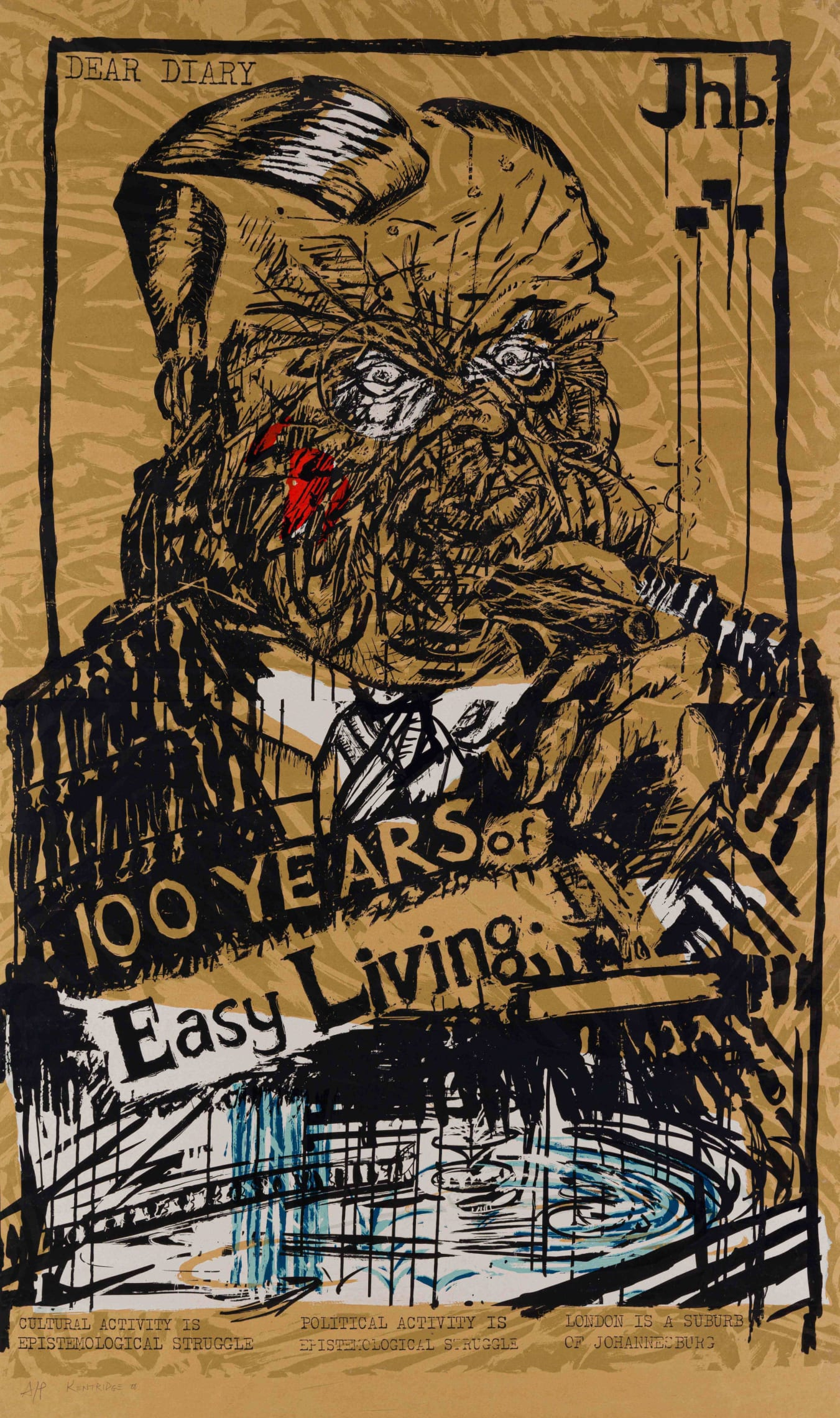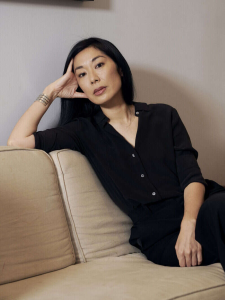Art in a State of Siege explores the profound relationship between creative expression and the tumultuous political landscapes that shape it. Through the lens of historical art analysis, the works of Hieronymus Bosch and Max Beckmann exemplify how art can serve as both a reflection of society and a mirror for our deepest anxieties during crisis. Koerner’s compelling narrative not only highlights these artists’ creations but also addresses the political unrest that inspired them, drawing parallels to contemporary issues. By examining art in these oppressive contexts, we uncover how it provides insights into human resilience and moral dilemmas in times of upheaval. This exploration of art and politics reveals a timeless dialogue that resonates with audiences, emphasizing the need to engage with artistic interpretations of our collective fears and hopes.
Delving into the realms of creative expression amidst chaos, the notion of art amid turmoil transcends mere aesthetic appreciation to become a critical analysis of societal conditions. ‘Creative Expression Under Political Duress’ interrogates how artists throughout history have captured the essence of strife and hope during trying periods. The works of Bosch, revered for their intricate depictions of moral conflict, and Beckmann, who boldly confronted the societal failures of his era, serve as emblematic examples. Such artistic endeavors act not only as historical indicators but also as current reflections of our ongoing struggles. Through an examination of their legacies, we begin to understand the profound role art plays in articulating the human experience when faced with adversity.
Understanding ‘Art in a State of Siege’
The phrase ‘Art in a State of Siege’ encapsulates a critical perspective on how art interacts with society during times of political unrest. Born from the tumultuous backdrop of apartheid South Africa, it signifies a period where the boundaries of civil liberties are blurred, and creativity is often stifled. In the context of Joseph Koerner’s latest book, this term underscores the dual nature of art as both a reflection of present chaos and a beacon of hope. Artists like Max Beckmann and Hieronymus Bosch provide essential insights into the psychological strife of their eras and show how tumult shapes artistic expression.
Koerner’s exploration goes beyond the mere historical analysis of these artists. It delves into the psyche of viewers who, in contemporary times, perceive these works not just as relics of the past but as resonating commentaries on their own sociopolitical circumstances. Through artworks, individuals experience a sense of connection, acknowledging their own feelings of siege, which are often reflected back to them in these artworks. Thus, the concept of viewing art under siege not only reveals the intent of the artist but also the collective emotional state of society in relation to its political landscape.
The Political Dimensions of Max Beckmann’s Art
Max Beckmann’s ‘Self-Portrait in Tuxedo’ serves as a powerful commentary on the chaotic political climate of post-World War I Germany. Created at a time when civil liberties were waning and political ideologies clashed, Beckmann’s work captures the essence of the artist’s struggle against the encroaching chaos. The bold directness of his self-portrait, particularly with his cigarette in hand, invites viewers into a contemplative dialogue about the role of the artist in turbulent times. Art, in this sense, becomes wielded as a tool for expression and resistance against oppressive regimes.
Furthermore, Beckmann’s insistence that the artist governs their own political landscape highlights art’s capacity to reflect society. His manifesto accompanying the portrait elevates the role of the artist as a decision-maker amidst chaos. This notion resonates profoundly in a climate where art is often politicized and weaponized. As a historical figure whose work faced censorship and condemnation from Nazi ideology, Beckmann exemplifies how art can be both a personal struggle and a societal commentary, emphasizing the need to interrogate the political dimensions entwined with artistic creation.
Hieronymus Bosch: Art as a Reflection of Society
Hieronymus Bosch’s works, such as ‘The Garden of Earthly Delights’, navigate complex themes of sin and societal chaos that mirror contemporary anxieties. Bosch’s art is increasingly relevant in modern discourse, especially in relation to how societies interpret and cope with crises. The ambiguity of his triptych presents a world that reflects the uncertainty of moralities, prompting viewers to question whether the central scenes represent hope or despair. This duality in Bosch’s works engages audiences by allowing them to project their societal fears onto his interpretations of sin and temptation.
Moreover, Bosch’s ability to encapsulate the zeitgeist of his time illustrates art’s powerful role as a societal commentator. His exploration of enemies—both real and metaphorical—within the fabric of society resonates with issues prevalent in today’s world. In times of turmoil, viewers find themselves drawn to Bosch not merely as an artist but as a prophetic figure who speaks to uncertainties and fears common to all humans, serving as a reminder that art remains a powerful medium for reflecting societal tensions and existential dilemmas.
The Interplay of Art and Politics in Historical Contexts
Throughout history, the dialogue between art and politics has been profound and multifaceted. Artists like Beckmann and Bosch illustrate how their works serve as mirrors reflecting the sociopolitical climates that birthed them. Koerner’s analysis of these artists opens avenues for understanding the intersections between creativity and political commentary, particularly in periods marked by instability. The art produced during these times often embodies societal grievances and critiques, creating a powerful statement that transcends mere aesthetics.
Koerner’s work also prompts contemporary audiences to consider how current artists grapple with their own political realities. As nations face various forms of unrest, the historical analysis of art in turbulent times serves as a foundational context for understanding the ongoing struggles of expression in today’s society. By examining the relationship between past artistic endeavors and present political landscapes, one gains insight into how the legacy of artists who have navigated similar challenges continues to impact contemporary creators, reinforcing the notion that art cannot be divorced from its political undertones.
Art as a Reflection of Society: The Role of Viewer Interpretation
Viewer interpretation plays a crucial role in understanding the impact of art during the siege of political turmoil. As Joseph Koerner discusses in his book, artworks go beyond their creators’ intentions; they evolve with cultural contexts and viewer experiences. This dynamic interaction allows artworks to take on new meanings, particularly in times of societal distress, where individuals may find resonance in the struggles depicted. For example, viewers may relate their personal stories to Bosch’s chaotic scenes, interpreting them through lenses shaped by their current realities.
This concept highlights the significance of subjective experience in art appreciation, making it a collaborative process between the artwork and its audience. Artistic expressions borne from political struggles maintain their relevance as they invite viewers to reflect on their own identities and circumstances, drawing parallels between historical challenges and contemporary social issues. Thus, the reflection of society through art becomes a living dialogue that evolves, encouraging a deeper exploration of shared human experiences amidst conflict.
Joseph Koerner’s Insight into Art and Society
Joseph Koerner’s scholarly contributions offer profound insights into how art reacts to and reflects the socio-political conditions of its time. His examination of art during periods defined by chaos reveals the underlying narratives that artists articulate through their work. By focusing on Bosch and Beckmann, Koerner sheds light on how these creators grappled with severe societal challenges, often depicting the struggles of humanity during tumultuous times. Their art serves not only as a historical document but as an ongoing commentary on the human condition and its vulnerabilities.
Moreover, Koerner’s approach emphasizes the need for historical analysis in contemporary discussions about art and politics. He advocates for an understanding of artworks within their broader political contexts, challenging audiences to look beyond surface aesthetics into the profound implications of meaning shaped by societal turbulence. By analyzing these layers, Koerner engenders a deeper appreciation for how art can function as both a refuge and a critique of the human experience, reminding us that even in siege-like conditions, creativity flourishes as a testament to resilience.
The Art of Resistance: Navigating Political Turbulence
Art often serves as a form of resistance during politically charged periods, providing a voice to those marginalized by oppressive regimes. For artists like Beckmann and Bosch, their creative expressions encapsulated the frustrations and fears of their societies, turning their work into powerful tools for social commentary. Through their artworks, they articulated the struggles faced by individuals under siege, providing critical perspectives on injustice and human suffering. This resistance through art holds immense significance, as it encourages contemporary artists to confront present-day challenges head-on.
In examining how art functions as a form of resistance, Koerner’s analysis reveals the potential for creativity to inspire change and foster dialogue. Artists are often at the forefront of social movements, using their platforms to challenge established norms and shed light on critical issues affecting society. In today’s turbulent landscape, the legacy of resistance in art speaks to a broader cultural narrative where expression becomes essential in confronting injustices and advocating for a more equitable world. Thus, the relationship between art and politics continues to evolve, serving as a reminder that creativity will always find a way to rise amidst adversity.
Revisiting Historical Art Analysis in Contemporary Contexts
As we reinterpret historical art through a contemporary lens, the analysis of works by artists like Bosch and Beckmann presents an opportunity to engage with both the aesthetic and political narratives they embody. Historical art analysis not only enriches our understanding of past societies but also informs current artistic practices by revealing enduring themes that transcend time. By examining the existing social commentary within these artworks, art historians can unearth insights relevant to today’s global struggles, including issues of freedom, identity, and resistance.
Through Koerner’s scholarly perspective, we are encouraged to revisit these historical contexts and draw lessons that resonate in today’s climate. The recurrent themes of chaos, personal conflict, and societal critique found in the works of Bosch and Beckmann serve as a reminder of art’s enduring power to address pressing contemporary issues. Thus, historical art analysis becomes a vital tool in understanding not only the past but also the ongoing discourse surrounding art’s role in society amidst political strife.
The Legacy of Art in Times of Political Unrest
The legacy of artists who responded to political unrest is vital for understanding the role of art in society. Bosch and Beckmann, for instance, crafted works that not only testified to their personal experiences but also articulated the collective anxiety of their times. Their legacies demonstrate how art can encapsulate the essence of societal turmoil while providing commentary that continues to speak to future generations. By delving into their narratives, contemporary artists and audiences alike can find inspiration in their courage to address pressing issues through creative expression.
Engaging with the legacy of art during periods of political unrest reveals the timeless relevance of such works in shaping cultural conversations. As present-day challenges arise, the insights gained from historical artworks serve as a blueprint for navigating the complexities of contemporary society. This legacy reinforces the idea that art is not merely a reflection of its time; it is a powerful agent of change that can inspire political thought and action, proving that creativity can withstand the pressures of even the most formidable sieges.
Frequently Asked Questions
What is ‘Art in a State of Siege’ and how does it relate to art and politics?
‘Art in a State of Siege’ is a concept discussed in Joseph Koerner’s book exploring how artworks reflect societal turmoil and political unrest. It examines how artists respond to crises and how viewers interpret these works as emotional or political commentaries, thereby linking art and politics in times of upheaval.
How does Hieronymus Bosch’s work exemplify art in a state of siege?
Hieronymus Bosch’s paintings, especially ‘The Garden of Earthly Delights’, illustrate ‘art in a state of siege’ by depicting chaotic themes of sin and turmoil. His ambiguous imagery challenges viewers to contemplate the nature of threats in society, making his work a significant reflection of historical anxieties and crises.
Why is Max Beckmann’s ‘Self-Portrait in Tuxedo’ significant in the context of political turmoil?
Max Beckmann’s ‘Self-Portrait in Tuxedo’ is significant because it was painted during the collapse of parliamentary democracy in post-WWI Germany. It reflects the artist’s assertion of his role as a stabilizing force amidst chaos, embodying the idea of art as a powerful response to political unrest, which is a central theme in ‘Art in a State of Siege’.
How do historical art analyses contribute to understanding art from turbulent periods?
Historical art analyses allow us to understand the contexts in which artists created their works during turbulent periods. By examining the societal and political conditions, we gain insights into how artists like Bosch and Beckmann addressed contemporary fears and struggles, thus linking their art to broader themes of survival and resistance, key elements in ‘Art in a State of Siege’.
What role does art play as a reflection of society during times of siege?
Art plays a crucial role as a reflection of society during times of siege by capturing emotions, tensions, and adversities faced by individuals and communities. Works like Bosch’s and Beckmann’s serve as visual commentaries on the human condition, revealing how artistic expression can symbolize both the chaos of conflict and the hope for clarity amidst despair.
What insights does Joseph Koerner provide on the relationship between viewer experience and art in periods of unrest?
Joseph Koerner highlights that during periods of unrest, viewers project their own anxieties and situations onto artworks, transforming pieces like Bosch’s ‘The Garden of Earthly Delights’ into personal reflections of fear and hope, thus reinforcing the dynamic interplay between the viewer’s experience and the art as a living entity that resonates with societal contexts.
What can we learn from studying artworks created during political upheaval?
Studying artworks created during political upheaval provides valuable lessons about resilience and the enduring nature of human expression. It allows us to understand the societal conditions that provoke creativity, revealing the artist’s role in challenging or reflecting upon their circumstances, as explored in ‘Art in a State of Siege’.
| Key Point | Details |
|---|---|
| Joseph Koerner’s focus | Explores the interpretation of art during political unrest, especially through the works of Hieronymus Bosch. |
| Significance of ‘Art in a State of Siege’ | Coined by William Kentridge, it reflects how governments may view civilians as enemies during tumultuous times. |
| Focus of Koerner’s book | Examines three artwork: Bosch’s ‘Garden of Earthly Delights’, Beckmann’s ‘Self-Portrait in Tuxedo’, and Kentridge’s animated drawing. |
| Themes in Bosch’s work | Highlights the ambiguity of enemies and sin in his art, reflecting societal fears during his time. |
| Beckmann’s Art | Represents the chaos of post-WWI Germany and the potential of art as a force against destruction. |
| View of Art History | Focuses on art created during struggle, advocating for a narrative that sees art as relevant in times of crisis. |
Summary
Art in a State of Siege captures the profound relationship between visual art and the political turmoil of its times. Koerner’s exploration reveals how artists like Bosch and Beckmann navigate and depict the complexities of societal crises, grounding their work in the emotional and psychological landscapes of political unrest. Through the lens of these iconic pieces, we understand not only the art itself but also the tumultuous historical contexts that shape such creations, emphasizing the enduring power of art to reflect, respond, and resonate amid struggle.




